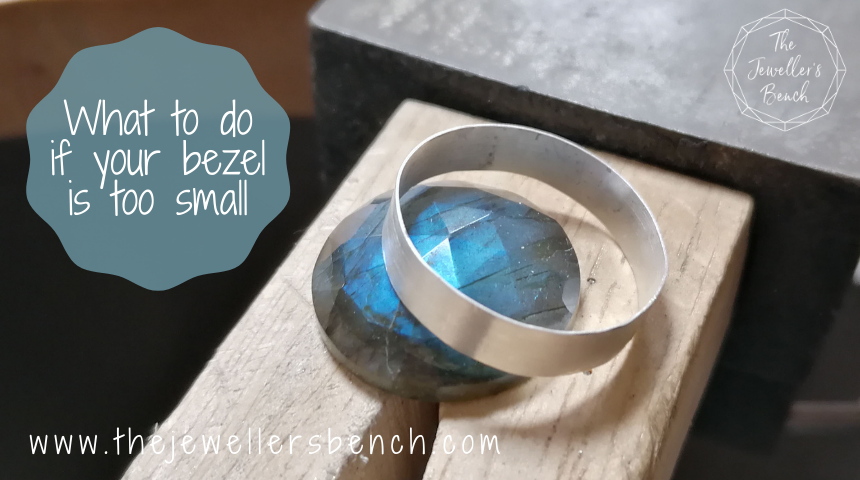Ten facts about Topaz, November's birthstone

Topaz is one of November's beautiful birthstones, and with such a wonderful range of colours available you are sure to find something to suit you!
Topaz is one of November's beautiful birthstones, and with such a wonderful range of colours available you are sure to find something to suit you!
Read on to find out more about why it has been prized throughout the centuries...

1. Scientifically speaking, topaz is a silicate that is made up of aluminium and fluoride. It grows as a mineral crystal in granite rocks and lava flows. It is mined all over the world, being found in Brazil, Russia, Zimbabwe, Germany and the USA to name a few!
2. Natural topaz comes in many shades of yellow, orange, red, green, blue, pink, and purple, and because of this it has been confused with other stones for centuries. Before gemologists and geologists could differentiate between minerals all golden colored gemstones, such as citrine, smoky quartz and even sometimes peridot were called topaz.
3. The most valuable color of natural topaz is shades of red said to resemble the colours of the setting sun. It is so rare that less than 1% of all gem-grade topaz rough exhibits this shade. These stones are known as Imperial Topaz as they were used in reserved exclusively for the Russian Tsars and their family and used in Imperial Jewels.
4. Another highly valued variety of topaz is 'sherry topaz', and as the name suggests comes in brownish-yellow to orange or yellow-brown shades. The sherry topaz in the pendant to the left began in a rather large ring and I re-set it in a pendant for my client. It's even more beautiful in real life!

5. Blue topaz is available in different colours - swiss blue topaz (my favourite!), London blue topaz, and sky blue topaz, but the vast majority of blue topaz is treated by taking colourless or lightly coloured topaz and using a combination of heat and radiation.
6. Topaz scores 8 on the Mohs scale, but be careful to protect the sides of the stone if you use it in a ring as it can be broken by a hard blow. A tube setting would be safer than a claw setting.
7. The most famous topaz is actually a colourless topaz that was originally thought to be a diamond. It is a 1680 carat stone known as the "Braganza Diamond" set in the Portuguese Crown Jewels - oops!

8. The largest faceted topaz is the El-Dorado Topaz. Weighing 31,000 carats or 6.2kg, it was cut into a flawless emerald shape and is an eye-catching yellow colour. The original rough stone weighed 154,000 (37 kg) and was discovered in 1984 in Minas Gerais, Brazil.
9. During the Middle Ages topaz was thought to heal both physical and mental disorders and prevent death. The Greeks believed it had power to increase strength and to make its wearer invisible while the Romans believed it had power to improve eyesight. The Egyptians wore it as an amulet to protect them from injury.
10. One possible origin for the name topaz comes from the ancient Indian language, Sanskrit. The Sanskrit word topas or tapaz translates to "fire." Another theory is that the name comes from the island of Topazos in the Red Sea. When peridot was found there it was first thought to be topaz.
11. And a bonus fact for you... Mystic topaz is one variety of the gemstone that is not found in nature, although it is becoming more popular with jewellers. It is a colourless topaz that has been coated with a thin metallic layer to produce extreme iridescence. The lovely delicate pink stone at the front of the photo to the right is one example, and with a treatment that mimics the colour of morganite gems.
Want to find out more about using gemstones in your jewellery?
Here are some useful blog posts and tutorials.
Categories: birthstones, did you know, jewellery facts

Joanne Tinley
Tutor and Founder of The Jeweller's Bench
The Jeweller's Bench is run by Joanne Tinley. She has been making her own jewellery for as long as she can remember and left her first career as a school teacher to set up business as a jewellery designer and tutor nearly 20 years ago. She is
self-taught and like many people started with wire and beads. Learning how to solder, however, opened up a whole new world of jewellery making, one that she is keen to share!
 Joanne Tinley
Joanne Tinley 


